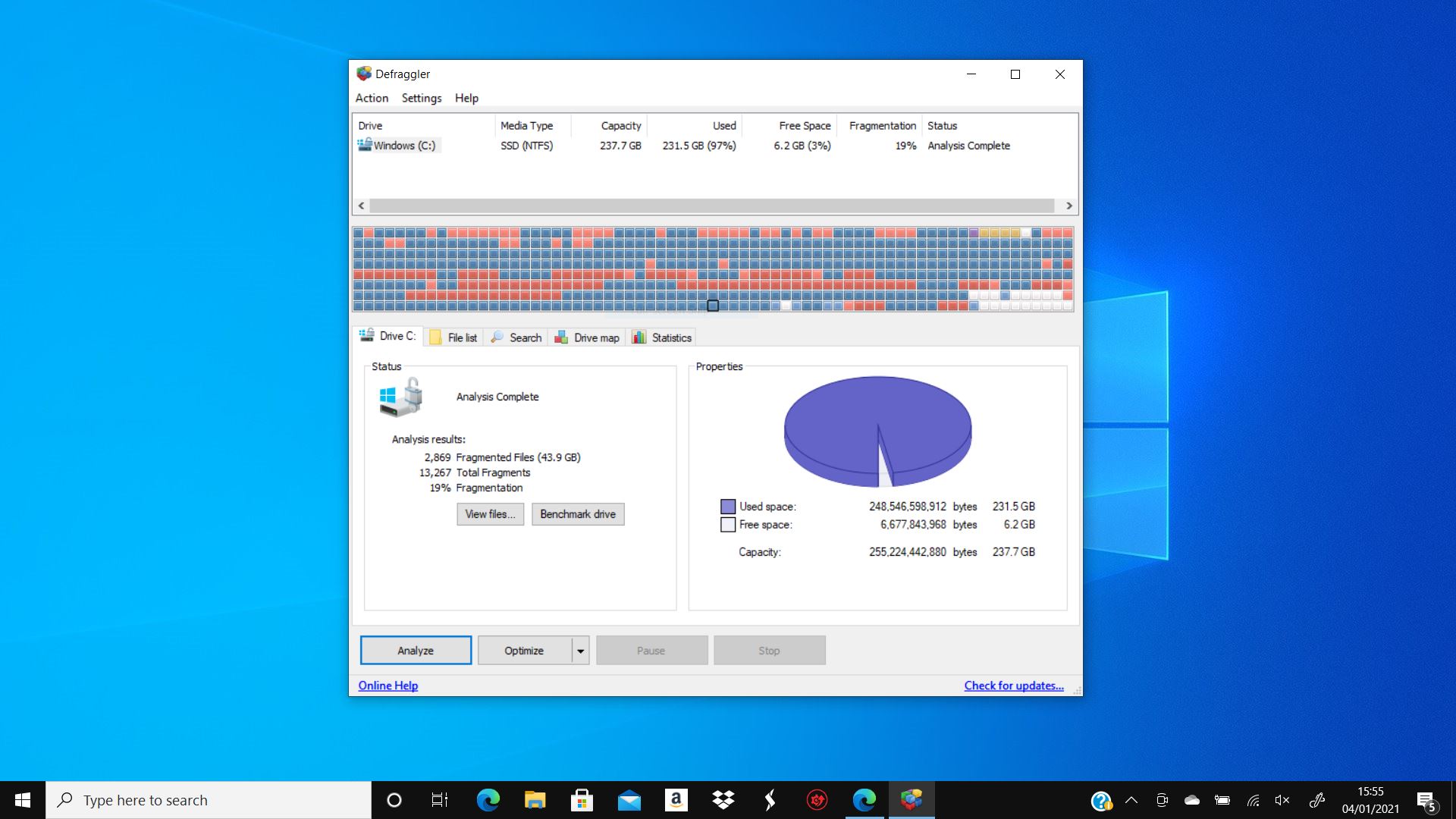

Still, the way it does the process is a tiny bit different because it creates previews of files so you can open different versions of the same documents. It’s similar to its predecessor when it comes to automatically defragment your drive. At first, it was only available on SSDs, but it arrived on Fusion and hard drives with Mojave in 2018. In 2017, Apple then announced Apple File System or APFS in High Sierra.
#Defrag utility for mac mac os x
When 2002 welcomed Mac OS X 10.2, the system got even more intelligent at preventing fragmentation.Īfter a year, Hot File Adaptive Clustering went life, which distinguishes files that are often accessed but seldom refreshed and move them to a particular zone of the drive, defragging them during the process. If a particular file is smaller than 20MB and has more than eight fragments, it will be automatically defragged.įirstly introduced in 1998, HFS+ could defrag files quickly because of Hot File Clustering. Mac’s primary reason why it shouldn’t be defragmented is that the file system, which is HFS+ initially and APFS more recently, does not allow defragmentation since it automatically defrags files if needed.

#Defrag utility for mac windows
Macs don’t get the same experience with defragmentation the way Windows PCs are used to.All things considered, here are various reasons why Macs don’t offer a defrag work: Apple, however, never included this feature in macOS.
#Defrag utility for mac windows 7
In fact, Windows 7 to 10 naturally defrags on a week after week premise. Windows has consistently had disk defragging software. Noticed that your Mac is running slow? You probably think back to the days when you used to own a Windows computer, and how defragging the hard drive speed up your computer’s performance by a lot.


 0 kommentar(er)
0 kommentar(er)
